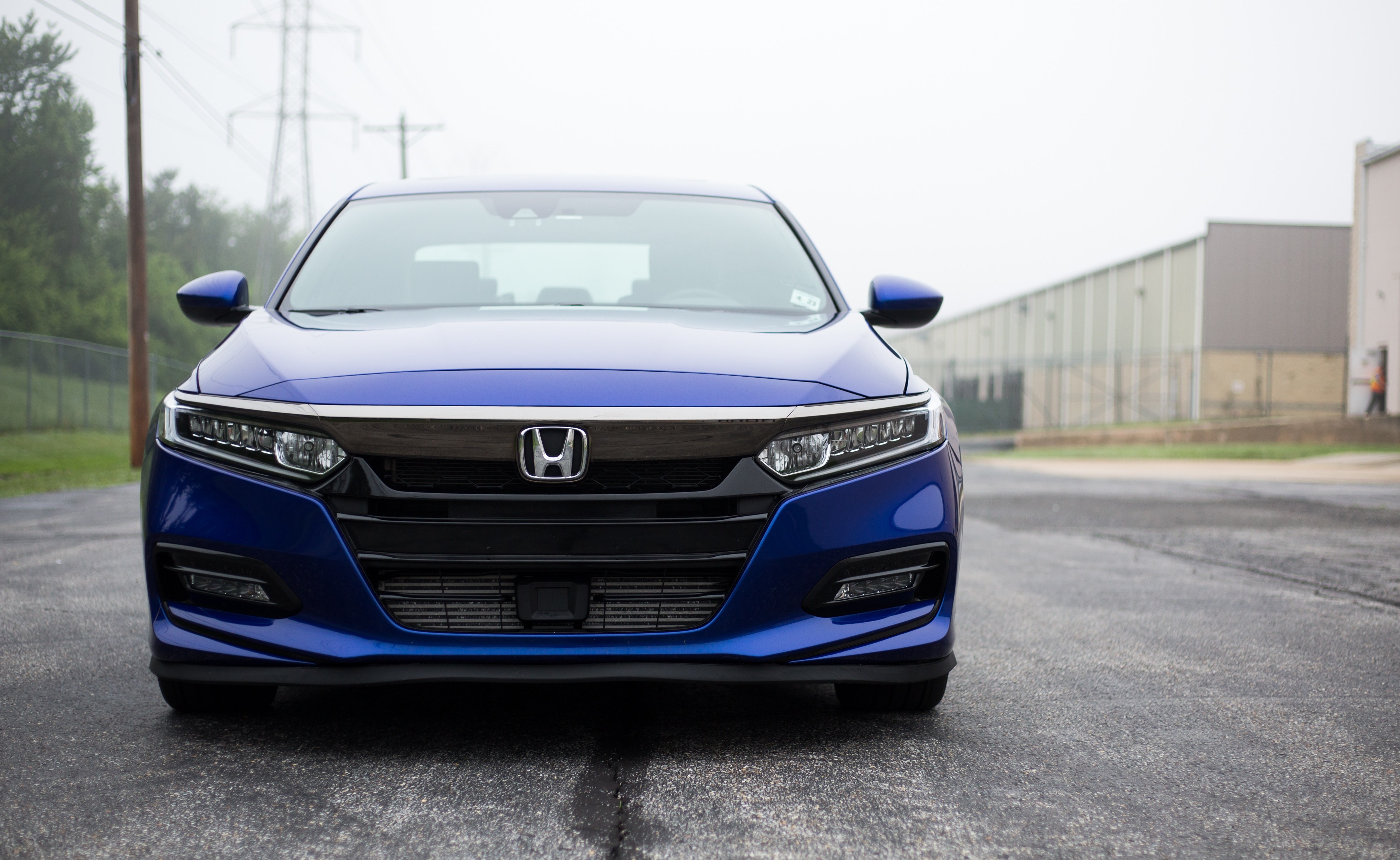
Daditude - Performance Intake Development Part 1 - Stock Review
Since its inception in 1976, the Honda Accord hasn't exactly screamed performance. In fact, for the longest time it has carried the stigma as the typical family sedan. That image has started to fade in recent years as the Accord developed somewhat of an attitude with the 8th and 9th generation, especially when it comes to the Sport trim V6 models. In fact, Road and Track made the bold claim that the 9th generation was the last true American muscle car. While the Accord is improving on its bad boy image, there is still work to be done toward injecting some more attitude into the 2.0T powered grocery-getter.
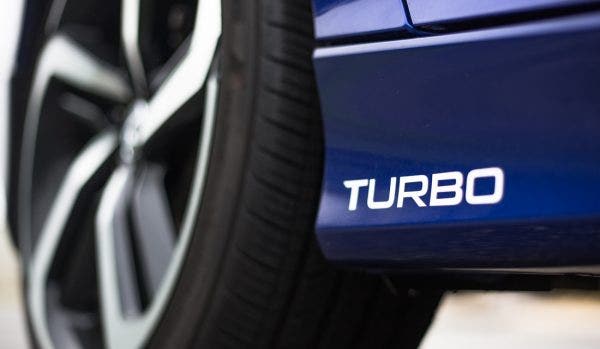
The V6 Accord might be a piece of Honda's history, but the 10th generation carries on the tradition as the cool "Dadmobile" by featuring Honda's K20C4, which shares a decent amount of components with the Civic Type R's 2.0T powerplant. While it might not be a direct transplant of the CTR's beating heart, it still has enough power to make you think that you could set a track record. Honda decided that since the Accord, even the Sport trims, is more for soaking up the asphalt rather than attacking it, they would quell some of the power and subdue the whistle and growl that is typically produced from the high-octane Civic.

The quickest route to help the Dadmobile cut loose, especially on a turbocharged vehicle, is by way of an intake. Before we hang up the Hawaiian shirts and white New Balance sneakers, let's take a look at the stock equipment and what exactly is holding back this Accord from acting more like its sporty Civic cousin.
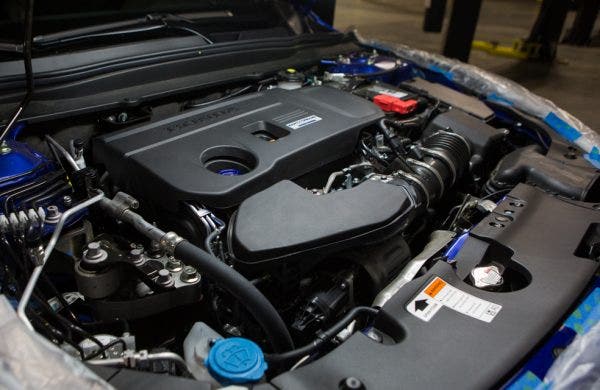
Upon opening the hood of our Accord Sport donor vehicle, there are some not-so-surprising similarities between the layout and design of the intake and that of the Civic Type R. For instance, it features a familiar crossover pipe for channeling the fresh air into the front-mounted turbo. Also, there's the snorkel on the airbox to pull the ambient air through the panel filter. Both incorporated the accordion-styled coupler hose to connect the crossover pipe to the vehicle's MAF housing and airbox. Where these hoses are cheap and easy for Honda to mass produce, the uneven texture can cause turbulence and reduce the flow of fresh air to the turbo.
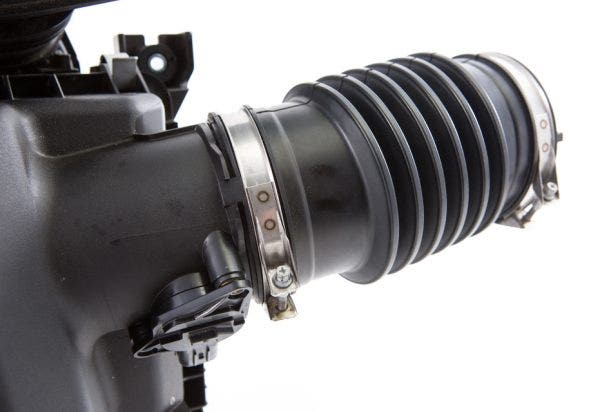
There are, of course, some differences as well. Given the Accord's comfortable nature, Honda incorporated plenty of extra resonators and silencers on the intake system to hush the rowdy turbo sounds. Specifically, after removing the stock airbox, we noticed that this Accord features two resonant chambers (one on the crossover pipe and one hidden underneath the airbox) to turn down the volume on the K20's turbo soundtrack.
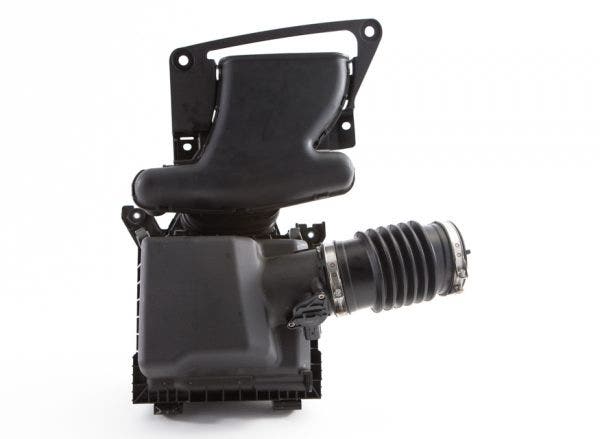
Speaking of the airbox, it seems a tad small given the engine that it's providing filtration for. After we removed the airbox from the car, it became apparent why the filter box is the size that it is. The short answer is generally the lack of space. Honda routed the cold-side intercooler pipe almost directly underneath the airbox location, which limited the size of the stock box and thus plays a factor in designing our new filter enclosure. This is where the real challenge begins.
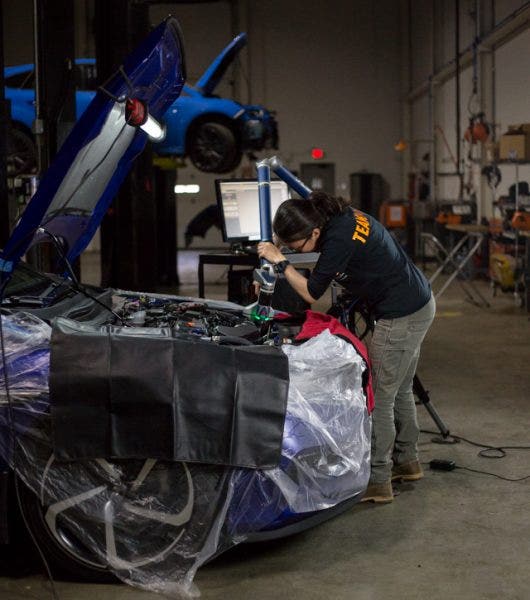
The Accord might still carry most of the characteristics of that typical commuter sedan, but with the added hint of K20 turbo flavor and a dash of sporty Euro styling, Honda has made a step in the right direction in redefining the model. We still think that it could use a little more, though. Stay tuned to see our plans and how they get fulfilled.
Thanks for Reading!
-Nick




